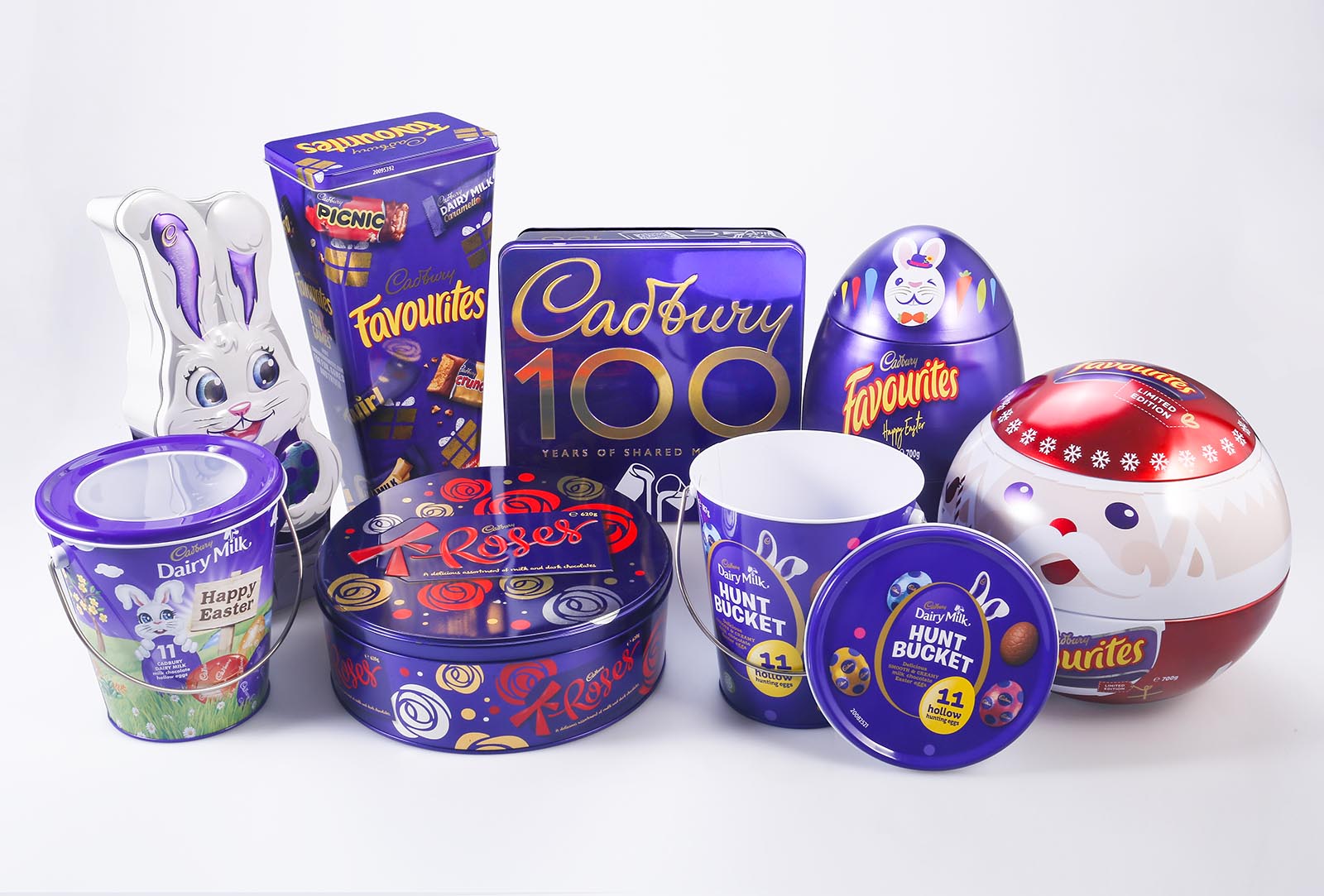Packaging can be a powerful tool to attract consumers by creating an emotional connection, standing out on shelves, and communicating key information. An Unique packaging can grab the attention of consumers and help a brand stand out in a crowded market. As a durable and recyclable packaging, tin box is widely used in different product categories such as food, coffee, tea, health care and cosmetics etc because tin box packaging can preserve the products well.
If this is your first time to develop a tin box packaging, here are the process for developing a tin box packaging that you should know:
1. Define the purpose and specifications: Determine the size, shape, and type of tin box you want to create and its intended use. For instance, consumers usually prefer tree shape, ball shape, star shape and snowman shape etc that meet the holidays atmosphere. When it comes to mints tin box packaging, it’s also designed to be pocket size so that it’s convenient it store it in your pocket.
2. Choose the right materials: Select a suitable material for the tin box, such as tinplate, which is a combination of tin and steel. There are different tinplate material such as normal tinplate, shinny tinplate, sandblasted material and galvanized tinplate ranging from 0.23 to 0.30mm thickness. It’s important to choose the right material based on the industry. Shinny tinplate is usually used in cosmetics industry. Galvanized tinplate is often used for ice bucket for its rust resistance feature.
 3. Design the tin box structure and artwork: Create a design that meets your specifications and consider factors such as the lid, hinges, and any printing or labeling you want on the tin box.
3. Design the tin box structure and artwork: Create a design that meets your specifications and consider factors such as the lid, hinges, and any printing or labeling you want on the tin box.
4. Prototype creation: Create an ABS 3D prototype to make sure the size fits for your products.
5. Develop tooling, testing and improvement: after the 3D mockup is confirmed, the tooling can be processed and produced. Make physical samples with your own design and test the samples for functionality, durability, and any necessary improvements.
6. Production: after the physical sample is approved, start producing and forming the tin boxes.
7. Quality control: Ensure that each tin box meets quality standards by inspecting and testing a sample from each production batch.
8. Packaging and shipping: Pack and ship the tin boxes to your customers based on the packing requirement. The standard packing method is polybag and carton packing.
Note: It is very important to seek help from packaging professional and manufacturer to ensure the highest quality and efficiency in the development of your tin box packaging. Jingli has been providing professional and luxurious tin box packaging solutions for more than 20 years and we have gained substantial experiences from our customers when it comes to direct food contact or direct cosmetics contact.
Post time: Mar-29-2023





